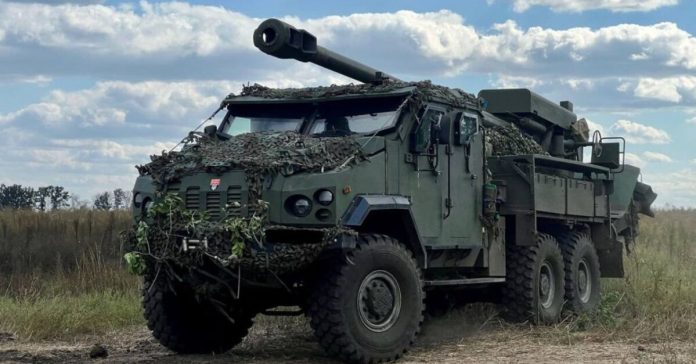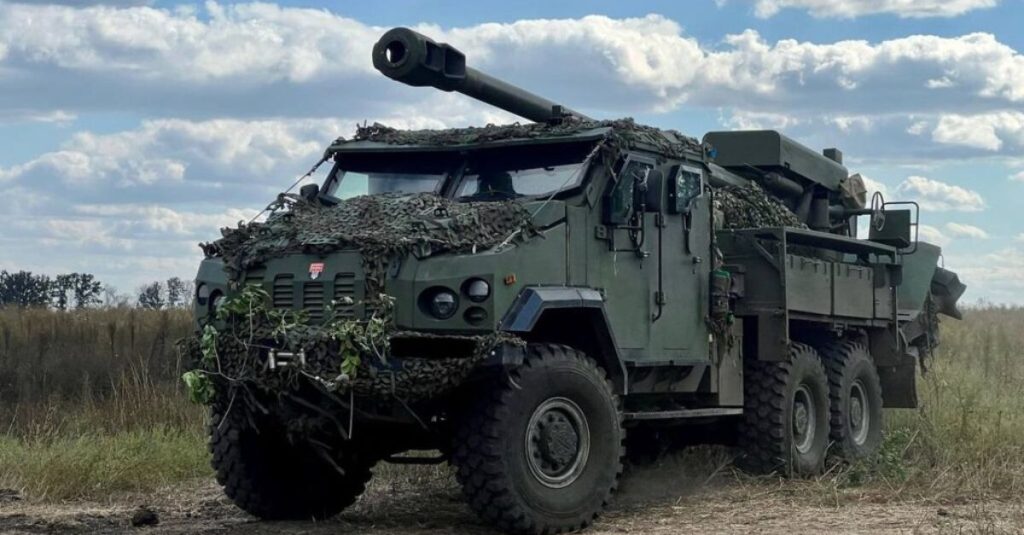
“The European Union has to realize that we are fighting not just for Ukraine, that we are fighting for Europe,” Serhiy Goncharov, director of Ukraine’s defense industry association, said in a Business Insider interview earlier this year. Those are the stakes behind one of the most astonishing wartime industrial achievements: the swift development of Ukraine’s 2S22 Bohdana self-propelled howitzer.
Since one initial prototype made its debut at a parade in 2018, the Bohdana has emerged as a symbol of Ukrainian adaptability and resilience. Within three years of all-out war, it has evolved from a specialty project to a mass-produced, combat-tested artillery system that equals or betters many Western systems in cost, flexibility, and battlefield survival.
This isn’t about creating more guns. It’s about reconfiguring them for mobility, making them part of the NATO supply chain, protecting them from current threats, and making them repairable and back in the fight in days, not months. These are seven major developments that describe how the Bohdana has become one of Ukraine’s most powerful weapons.
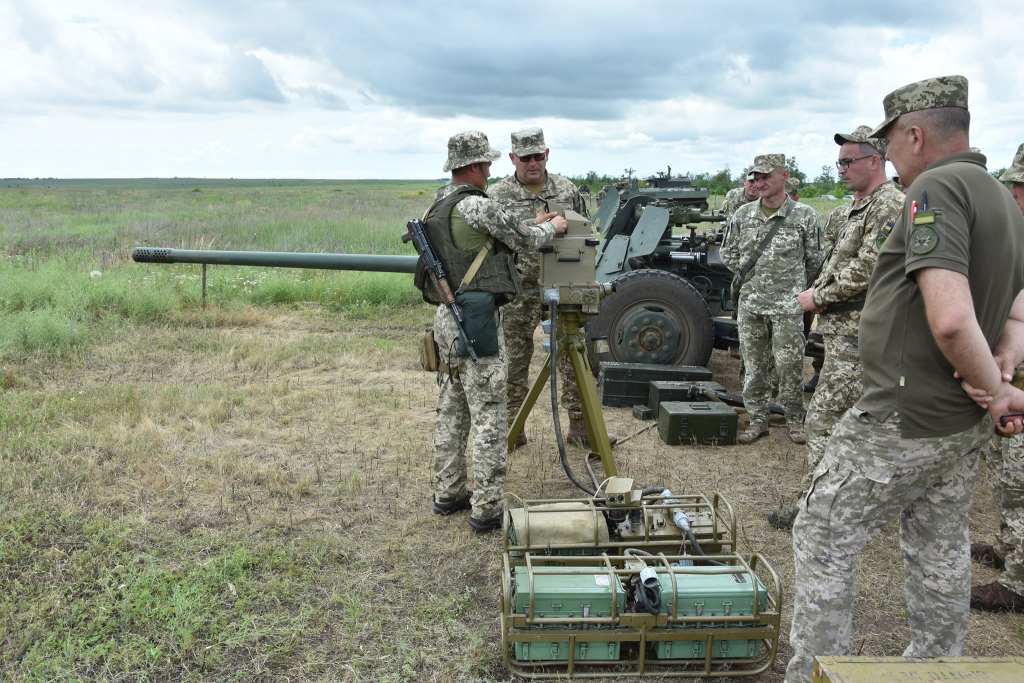
1. Sixth Upgrade Brings New Armored Cabin and Chassis
The newest Bohdana variant, introduced by Ukraine’s 60th Separate Artillery Brigade in September 2025, is the sixth major redesign of the system. It now sits on a 6×6 platform, replacing previous versions, with an armored cabin intended to shield crews against 7.62 mm fire at close range and grenade or mine blasts of up to 6 kg of TNT. The upgrade increases mobility and cross-country capability, an important consideration for staying alive in the face of counter-battery fire.
The armored cab is not just an amenity it’s a survival mechanism in a drone- and precision-guided munitions-dominated battlefield. As the Kyiv Independent has reported, self-propelled systems can shoot several rounds in a minute or less and move away before the enemy can coordinate counterfire, a maneuver called “shoot and scoot.”
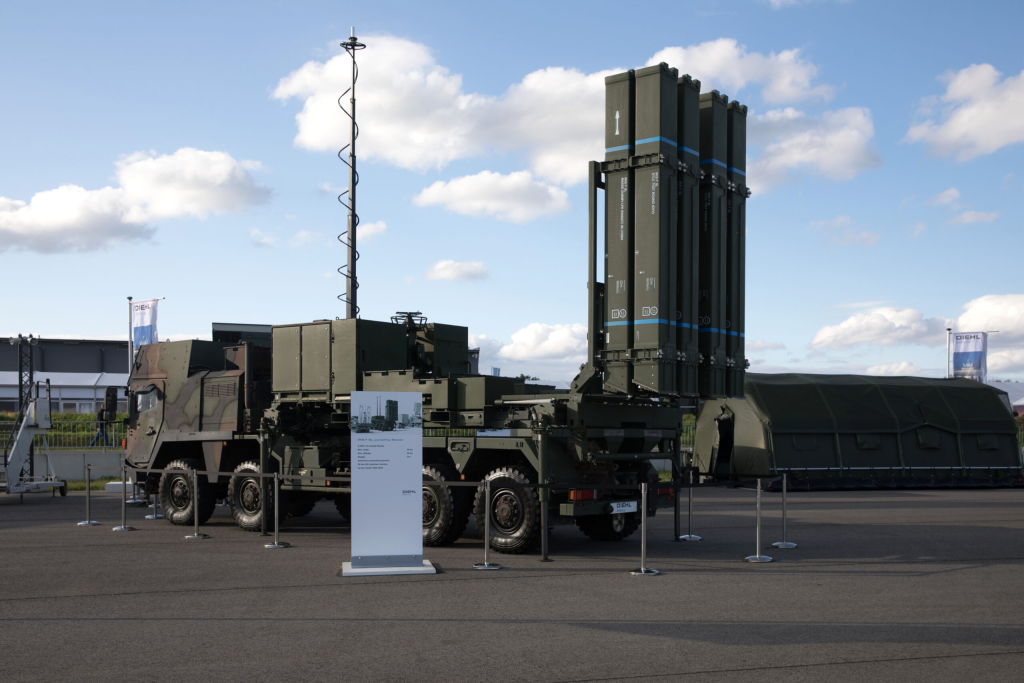
2. Output Jumps to European-Leading Levels
From only six units per month in 2023, Bohdana production has risen to more than 30 and in some estimates, 40 per month. As stated by Ukraine’s Defence Procurement Agency, 85% of the components are produced locally, with a goal of achieving 95% by the end of the year. This would make Ukraine the leading producer of self-propelled howitzers in Europe.
Such capability matches Russia’s own monthly howitzer production and overwhelms Western levels France makes some eight Caesars monthly, and five to six per year by Germany’s PzH 2000. The numbers signify both industrial adjustment and fresh finance models, such as the so-called Danish Model, which directs allied funds directly to Ukrainian manufacturers.
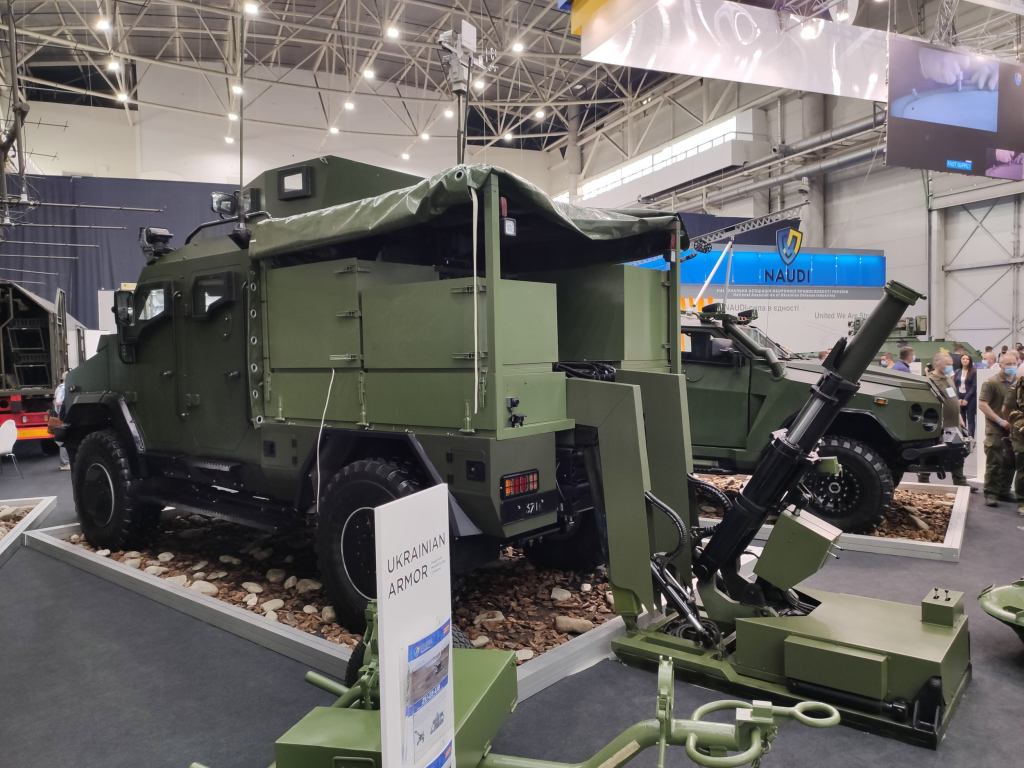
3. Foreign-Funded Expansion Through the Danish Model
The Danish Model has been instrumental in ramping up Bohdana production. Launched by Denmark and since joined by nations such as Sweden and Iceland, it goes around depleted NATO inventories by buying weapons directly from Ukrainian manufacturers. In 2024, it funded more than $550 million in weaponry, with expectations of $1.7 billion in 2025.
This method not only speeds up deliveries but also makes Ukraine’s defense industry stronger in the long run. As Goncharov clarified, Ukrainian manufacturers have capacity “at least three times bigger than our potential to buy” without outside financing.
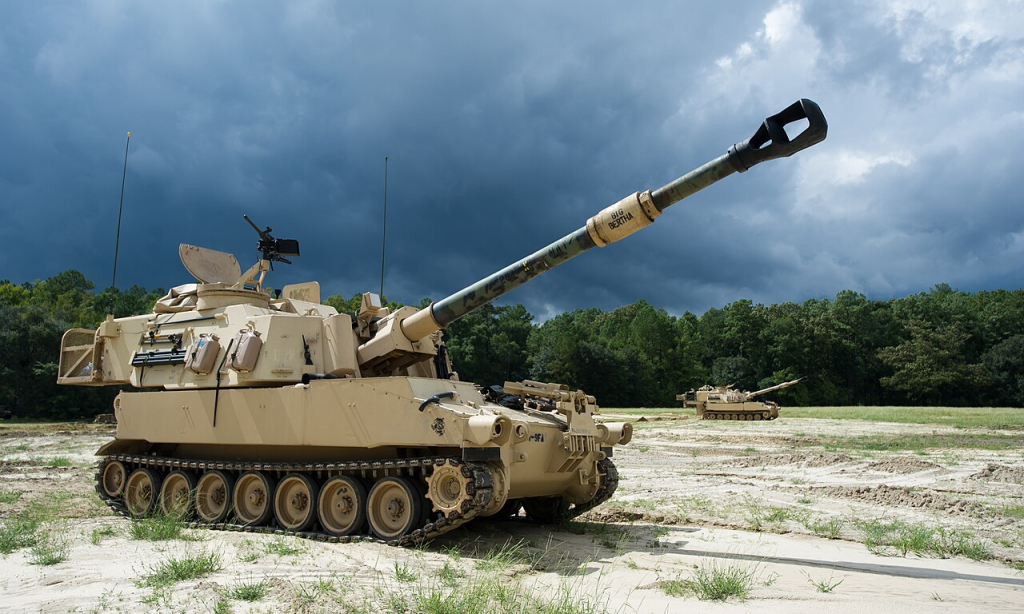
4. New Variants for Tactical Flexibility
Ukrainian engineers produce Bohdana models with reduced 39-caliber barrel length in addition to the standard 52-caliber gun. The shorter barrel would be suitable for brigade-level artillery missions, providing lower weight, simpler concealment, and adaptability for platforms similar to the American M109 or Soviet 2S3 Akatsiya.
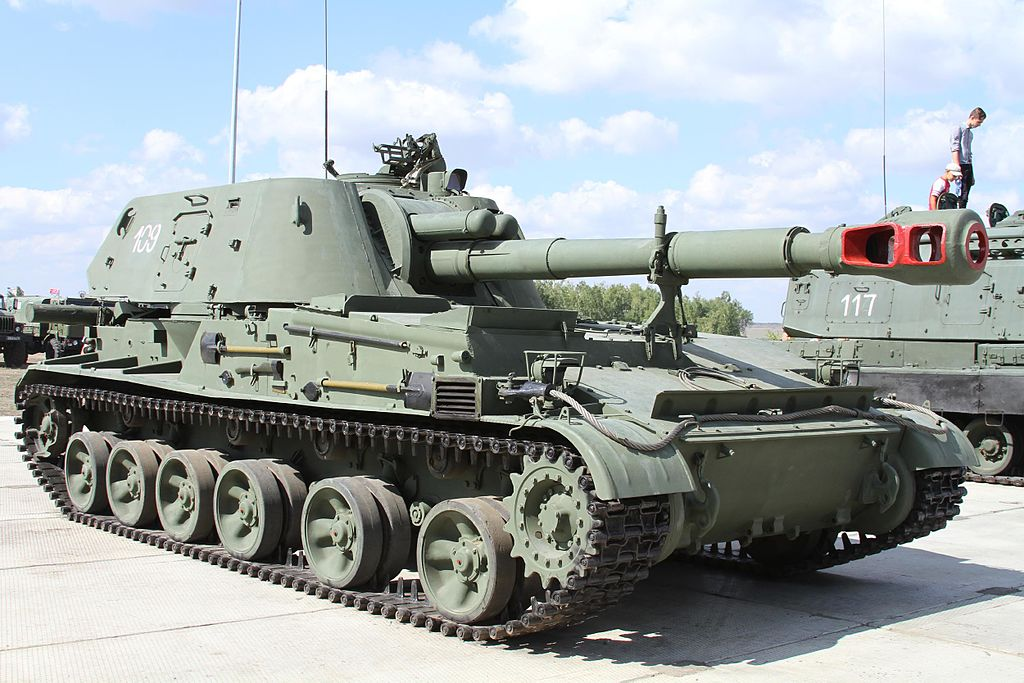
Plans also involve putting the gun on South Korean and German chassis, and even on tracked platforms such as Rheinmetall’s Lynx IFV. The modifications would provide diversification of deployment options, minimize dependence on Czech Tatra trucks, and enhance integration with partner logistics in NATO.
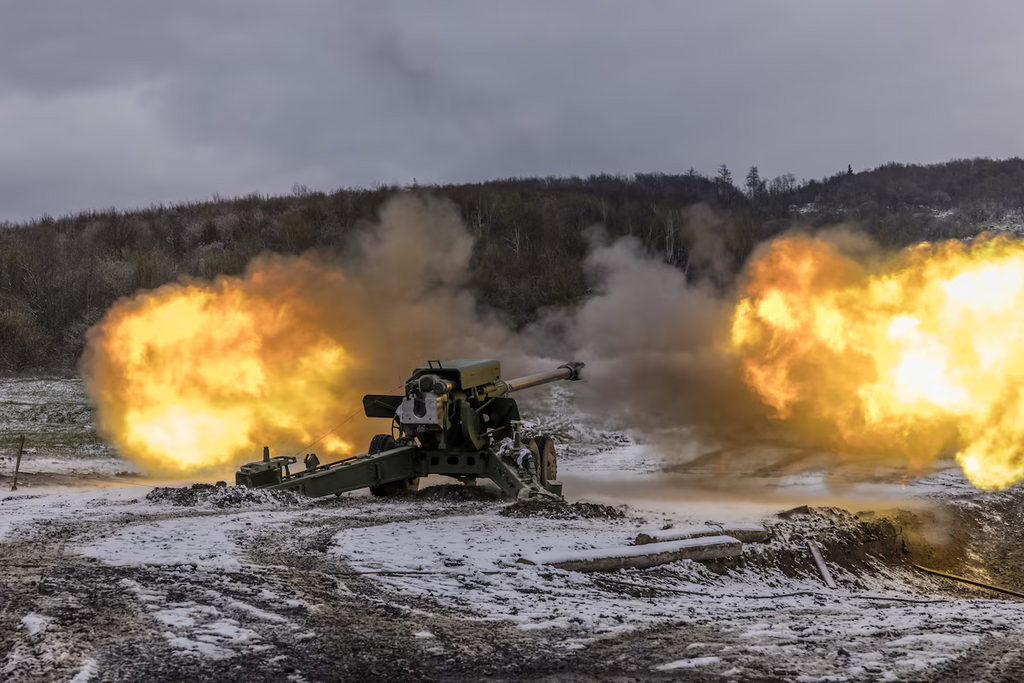
5. Range, Firepower, and Ammunition Versatility
The Bohdana’s 52-calibre barrel has a range for standard shells to 42 km and NATO extended-range to 60 km, equal to the best Western systems. It is completely compatible with NATO-standard 155 mm ammunition, making it possible for Ukraine to fire domestic as well as allied-provided shells.
Crews achieve high accuracy with minimal barrel wear 7,000–8,000 rounds before degradation due to patented rifling geometry and a central stabilizing support. Operating performance combined with the capacity for firing any partner-furnished ammunition allows for operational flexibility on the front.
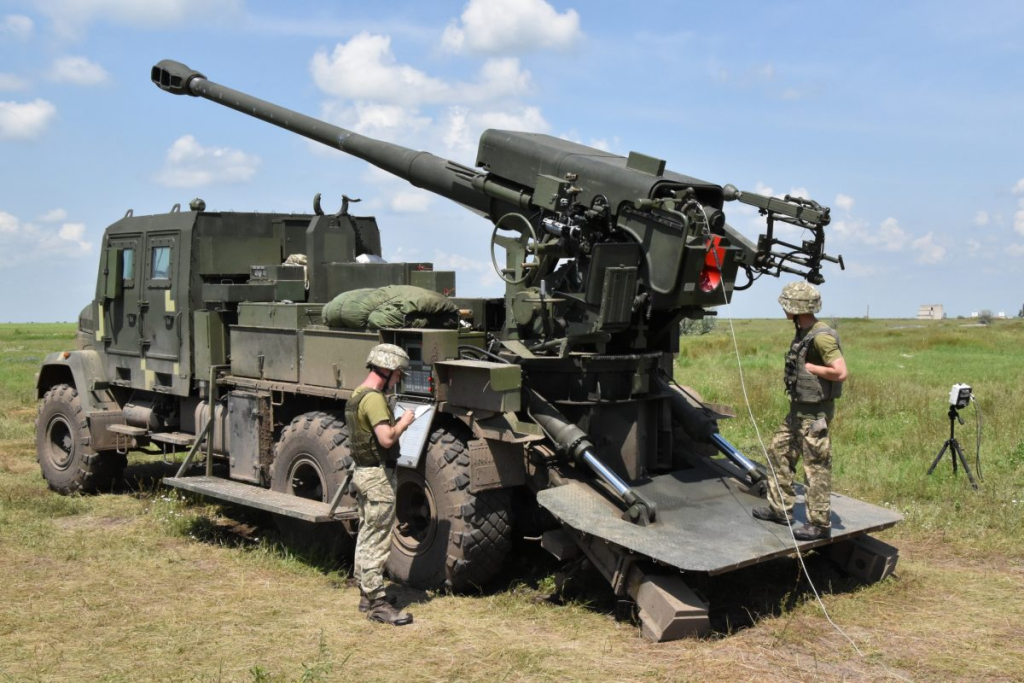
6. Survivability and Rapid Repair Designed
In addition to armor, the Bohdana also has redundancy in key systems: each electrical or hydraulic function has a mechanical backup. This makes the gun functional even when automated systems are compromised. Spare parts can be accessed within 24 hours, and damaged units can be repaired within 48 hours.
This reliability is essential in a conflict where guns are one of the main targets. In comparison to some Western systems that have lengthy repair times, the maintainability of Bohdanás keeps more guns firing and lessening the necessity for expensive replacements.
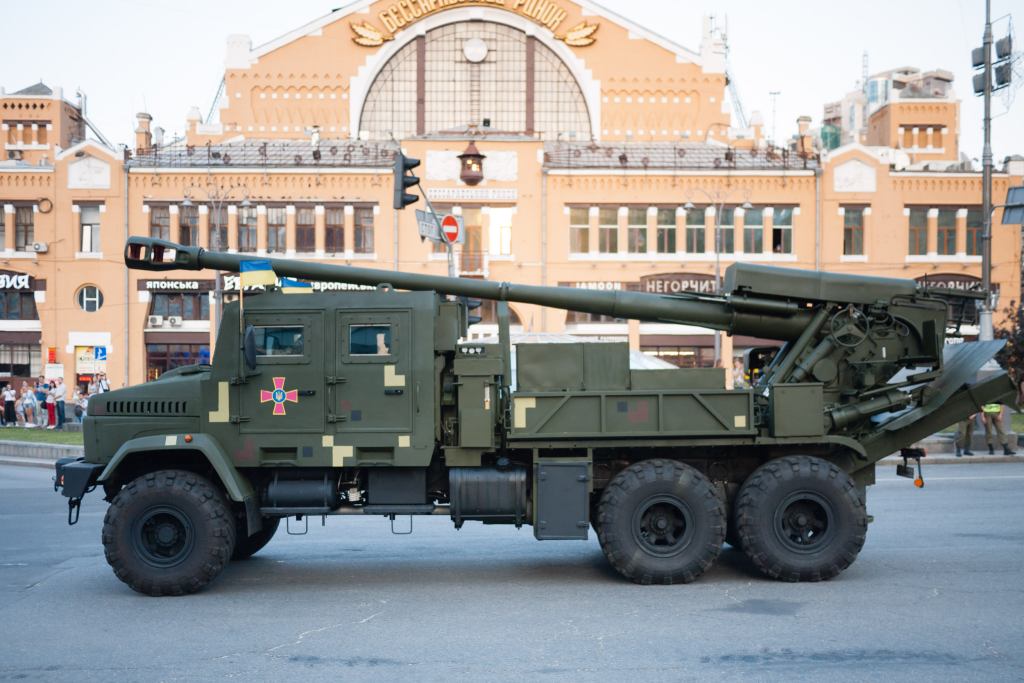
7. Cost Benefit Over Western Alternatives
At a unit cost of around €2.8 million, the Bohdana is half the price of a French Caesar and less than a quarter of Germany’s PzH 2000, which can reach more than €17 million. By Bruegel’s reckoning, Ukraine strikes the best balance of cost and number of units produced more than 150 units per year making it one of the most cost-effective artillery programs in the world.
It is achieved without compromising capability. The Bohdana is comparable in range and firepower with Western counterparts but at the added benefits of local production, speedy repair, and flexible configurations, making it a valuable asset for Ukraine’s long-term defense position.
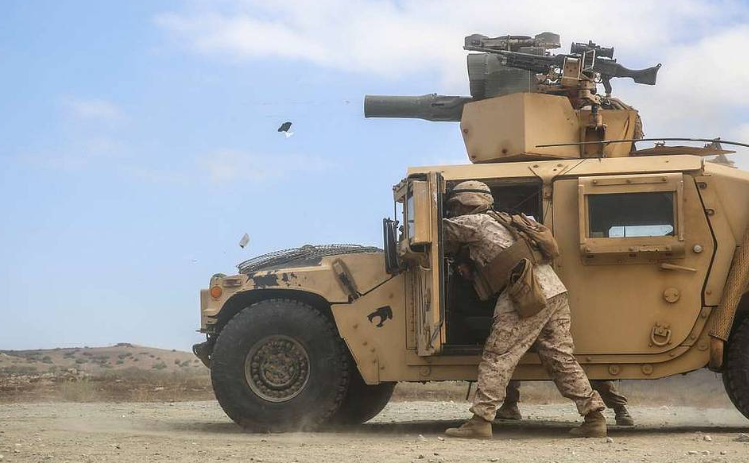
The 2S22 Bohdana, from its origin as a single prototype to its status as a mass-produced combat-hardened system, represents Ukraine’s wartime industrial development. Through the integration of accelerated innovation, diversified platforms, indigenous manufacturing, and foreign-sponsored scaling, Ukraine has developed an artillery program that not only serves current battlefield requirements but also makes the nation a global leader in advanced howitzer manufacturing. In a war where artillery is the decisive arm, the Bohdana’s success is both a tactical boon and a strategic posture.
